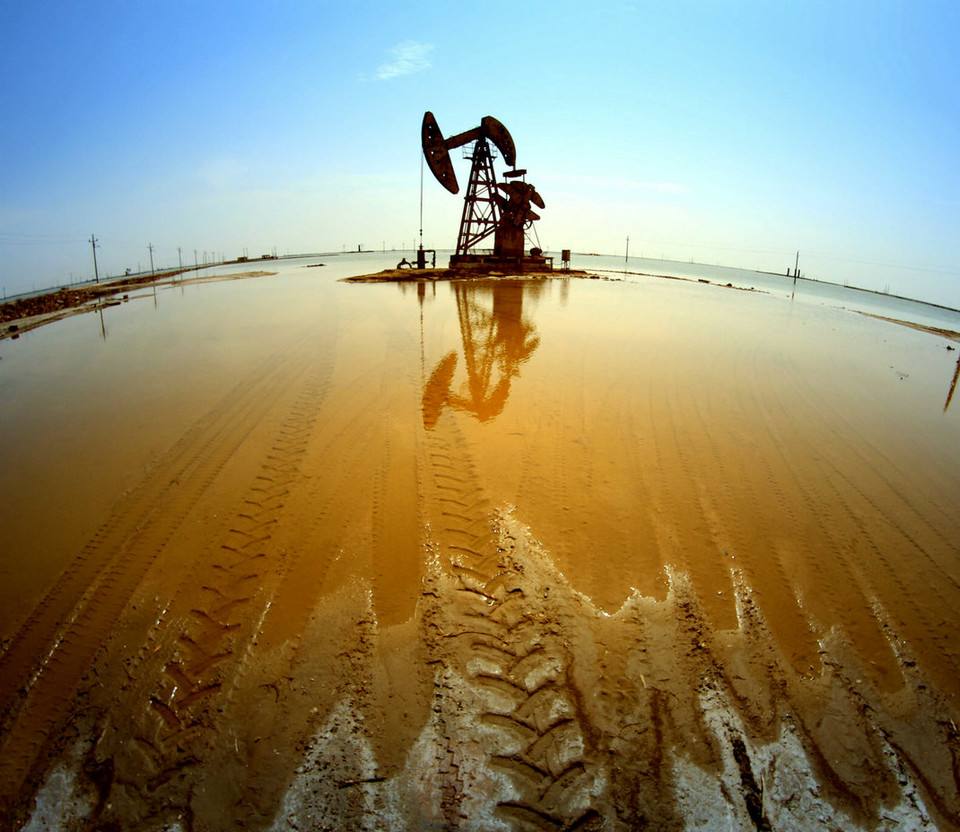Article Archive
Article Archive
- Introduction of Cement Slurry System (Part 1)
- Introduction of Cement Slurry System (Part 2)
- Introduction of Cement Slurry System (Part 3)
- Introduction of Cement Slurry System (Part 4)
- High Temperature and High Pressure Cementing Technology
- Low Density Cementing Slurry Technology
- Anti Gas Channeling Cementing Technology
- Drag Reducing Agents (DRA) or Drag Reducers (DR)
- Nitrogen Surfactant Compound Huff and Puff Technology
- Oil Washing Technology for Increasing Production
2.1 research progress of latex cement
Latex has obvious advantages in anti channeling, anti-corrosion and improving the mechanical properties of cement paste. It has been widely used abroad and more and more in China. At present, styrene butadiene latex is widely studied and applied at home and abroad, which has good temperature resistance and can be used for high temperature deep well cementing. In order to prevent latex from flocculating in cement slurry, latex stabilizers, mainly surfactants, are usually added. At present, the research at home and abroad is mainly reflected in the development of latex stabilizer, new salt resistant and temperature resistant latex system, and how to select or develop supporting additives (such as fluid loss reducer, dispersant, retarder, defoamer, etc.) to form a practical latex cement slurry system.
1. Latex stabilizer
Example: the solid content of a styrene butadiene latex is 50%, and the mass ratio of styrene to butadiene is 1:3. There are four types of stabilizers used with it, namely r-ph-o - (och2ch2) - H and R1 - (or2) n-so3; X、 R2-Ph-(OR3)o-SO3X、R4-(OR5)p-SO3X.
2. High temperature resistant latex
Example 1: styrene butadiene latex can only be used at high temperature with the help of stabilizer. In order to improve the temperature resistance of styrene butadiene latex, by increasing the styrene content in styrene butadiene latex to 80-95% and adding a small amount of third functional monomer, styrene butadiene latex can maintain stable performance in 193 ℃ cement slurry without stabilizer. Case 2: hydrogenated styrene butadiene latex is obtained by hydrogenating styrene butadiene latex with nhh0 / H0 / CuSO. It can be used in geothermal well cementing with temperature resistance of 371 ℃ when used with stabilizer.
3. Salt resistant latex
Common latex can only be used in brine cement slurry with the aid of stabilizer. In order to improve the salt resistance of latex, salt resistant latex was developed. The latex is mainly composed of copolymer and protective colloid. The copolymer is mainly polymerized by two monomers, one is aliphatic conjugated diene (such as butadiene), the other is one or more of nonaromatic monounsaturated carboxylic acid ester (such as methyl methacrylate), aromatic unsaturated monomer (such as styrene) and nitrogenous monomer (such as acrylonitrile). The latex has strong salt resistance without stabilizer and is stable in saline mud.
4 domestic and foreign products
Latex products developed abroad include latex 2000 developed by Halliburton company, D500, D600, D700 series developed by Schlumberger company, ba-86l latex developed by BJ company, etc. According to Schlumberger company, the latex cement slurry developed by Schlumberger company has good filtration loss reduction and gas channeling prevention performance, and the applicable temperatures are 27 ~ 71 ℃ (D500), 66 ~ 121 ℃ (D600) and 121 ~ 191 ℃ (D700) respectively.
Domestic developed latex products include: DHL styrene butadiene latex developed by Daqing Drilling Engineering Institute, which has been applied in high temperature deep wells in Daqing Oilfield with good effect. ZOC-GR5 styrene butadiene latex developed by ZOCRANOC has been widely used in Dagang, Bohai, Jilin, Sichuan and other oil and gas fields, effectively solving the cementing problems of deep gas wells and slim hole wells.
5. Supporting admixtures
Examples: additives matching with zoc-gr5 styrene butadiene latex include: fluid loss reducer ZOC-G86S (AMPS Copolymer); Retarder: ZOC-H21L (organic acid), ZOC-H42L (AMPS oligomer) and ZOC-H50L (organic acid); Defoamer ZOC-X60L (antifoam), ZOC-X62L (defoamer).




